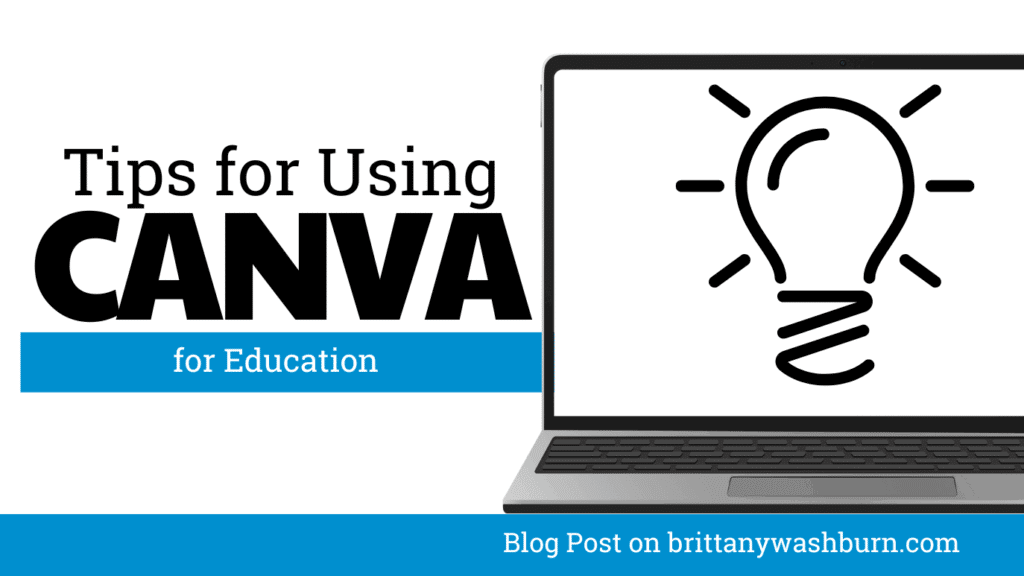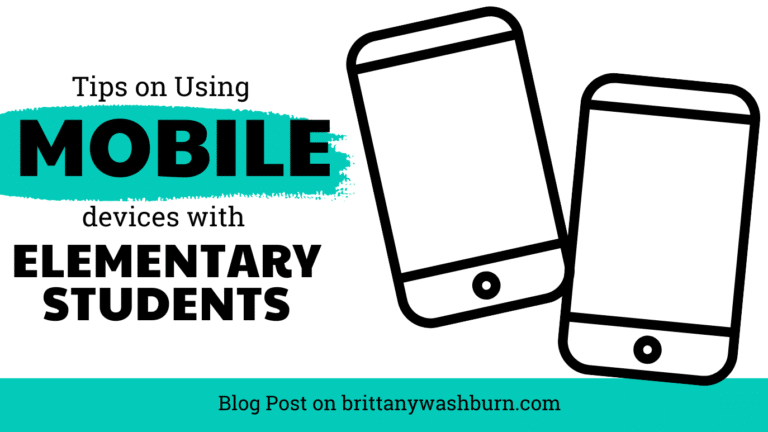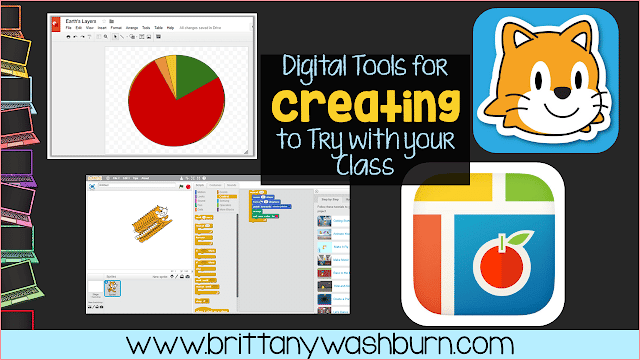Artificial Intelligence Tools for Teachers

Artificial Intelligence (AI) tools can help teachers improve student learning outcomes in several ways. One way is through personalized learning. AI tools can analyze student data and create personalized learning plans, which can help students learn at their own pace and in a way that works best for them. Another way is through intelligent tutoring systems. These systems use AI algorithms to provide students with personalized feedback and guidance, which can help them improve their understanding of a subject. Additionally, AI tools can assist with grading and assessment, saving teachers time and providing more accurate and objective evaluations. Finally, AI tools can help with classroom management, such as identifying at-risk students or detecting potential problems before they occur, allowing teachers to intervene early and provide necessary support.
- If you’re new to AI, don’t worry – there are plenty of easy-to-use tools available that don’t require any coding knowledge.
- A great option is Brainly, an AI-powered platform that allows students to ask questions and receive answers from verified experts.
- Grammarly is a popular AI-powered tool that can help teachers grade student writing assignments quickly and accurately. It can detect grammar and spelling errors, as well as provide suggestions for improving sentence structure and vocabulary.
- To improve classroom management, Classcraft is an interactive game-based platform that uses AI to help teachers identify at-risk students and provide personalized support.
- Lastly, Century is an AI-powered platform that provides teachers with real-time insights into student progress, allowing them to adjust lessons and provide additional support where needed.
By incorporating AI tools into their teaching practice, teachers can provide their students with a more personalized and effective learning experience, while also saving time and improving their own teaching methods.
Here are some of the most useful AI tools that teachers can use in their classrooms:
- Smart Content: AI-powered content platforms can help teachers create and deliver personalized lesson plans based on individual student needs. These platforms can analyze student performance and provide targeted recommendations for improvement.
- Intelligent Tutoring Systems: These AI-powered systems can provide personalized feedback and guidance to students, helping them to improve their understanding of course material.
- Grading and Assessment: AI-powered grading tools can automate the grading process, saving teachers time and reducing the risk of errors. These tools can also provide detailed feedback to students, helping them to understand their mistakes and improve their performance.
- Chatbots: AI-powered chatbots can provide students with instant support and guidance, answering common questions and providing feedback on assignments.
- Speech Recognition: AI-powered speech recognition tools can help students improve their pronunciation and language skills by providing real-time feedback and guidance.
- Virtual Assistants: AI-powered virtual assistants can help teachers manage their workload, providing reminders, scheduling appointments, and handling routine tasks.
- Predictive Analytics: AI-powered predictive analytics can help teachers identify at-risk students and provide targeted interventions to improve their performance.
- Adaptive Learning: AI-powered adaptive learning systems can help students learn at their own pace, providing personalized guidance and support based on their individual needs and preferences.
What are some of the best practices for teachers who are new to using AI tools in their teaching?
- Start small: Begin by incorporating one or two AI tools into your teaching practices. As you become more comfortable with these tools, you can gradually incorporate more.
2. Familiarize yourself with different AI tools: Research and explore different AI tools available to teachers, including chatbots, virtual assistants, and personalized learning platforms.
3. Attend training sessions: Seek out professional development opportunities and attend training sessions to learn more about AI and how it can be used in education.
4. Collaborate with other teachers: Work with other teachers who are using AI tools in their classrooms to share ideas and best practices.
5. Encourage student engagement: Involve your students in the use of AI tools by providing them with opportunities to explore and experiment with these tools.
6. Monitor student progress: Use AI tools to track student progress and identify areas where they may need additional support.
7. Be mindful of privacy concerns: When using AI tools, be sure to protect student privacy and ensure that all data is kept secure and confidential.
Integrating AI into Your Teaching Toolkit: A Step-by-Step Guide
Here is a step-by-step guide for integrating AI into your teaching toolkit:
- Identify your teaching needs: Before integrating AI into your teaching, you need to identify the areas where you need assistance. Do you need help in grading papers, creating lesson plans or providing personalized feedback to students? Once you have identified your needs, it will be easier to choose an AI tool that can help you.
2. Choose an AI tool: There are various AI tools available that can assist teachers in different ways. For example, tools like Grammarly can help you in grading papers and providing feedback on grammar and spelling errors. Similarly, tools like Carnegie Learning can help you create personalized lesson plans for students. Choose an AI tool that fits your needs.
3. Learn about the tool: Once you have chosen an AI tool, you need to learn about its features and how it can help you. Read the documentation and watch tutorials to get a better understanding of the tool.
4. Test the tool: Before integrating the AI tool into your teaching, test it out to see if it meets your expectations. Use it on a small scale and see how it performs.
5. Integrate the tool into your teaching: Once you are satisfied with the performance of the AI tool, integrate it into your teaching. Start using it in your lessons and see how it impacts your teaching and student learning.
6. Evaluate the results: After using the AI tool for a while, evaluate the results. Did it help you in achieving your teaching goals? Did it improve student learning outcomes? Use the evaluation to make necessary adjustments to your teaching approach.
In summary, integrating AI into your teaching toolkit can be a step-by-step process that requires identifying your needs, choosing an AI tool, learning about the tool, testing it out, integrating it into your teaching, and evaluating the results.
What are some of the challenges teachers might face when integrating AI tools in their teaching?
Some of the challenges teachers might face when integrating AI tools in their teaching include:
- Technical difficulties: AI tools often require a certain level of technical expertise to set up and use effectively. Teachers who are not tech-savvy may struggle to integrate these tools into their teaching.
- Lack of training: Many teachers may not be familiar with AI technology and may not know how to use it effectively in the classroom. Without proper training and support, teachers may struggle to integrate AI tools into their teaching.
- Privacy concerns: AI tools often collect large amounts of data about students, which can raise privacy concerns. Teachers may need to ensure that they are using these tools in a way that protects their students’ privacy.
- Integration with existing technology: AI tools may not be compatible with existing classroom technology, such as learning management systems or classroom management software. Teachers may need to invest in additional technology to be able to use AI tools effectively.
- Cost: Some AI tools can be expensive, which may be a barrier for schools with limited budgets. Teachers may need to advocate for funding to be able to integrate these tools into their teaching.
Are there any ethical considerations that teachers should be aware of when using AI tools in the classroom?
Don’t forget the ethics!
Of course, we want to make sure we’re using AI tools in the classroom responsibly. That means being mindful of things like student privacy and algorithm biases.
AI can’t replace human connection
Let’s be real here: AI should be used to enhance teaching and learning, not replace real human interaction and good old-fashioned critical thinking skills. The emotional support and guidance that teachers provide to their students is irreplaceable. Moreover, human interaction fosters creativity, collaboration, and empathy – skills that are essential for success in today’s world. Therefore, we should use AI as a tool to enhance teaching and learning rather than relying on it as a substitute for real human interaction. By doing so, we can create a more holistic and effective educational experience that prepares students for the challenges of the future.
Keep an eye on motivation and engagement
While we’re at it, let’s also consider how AI tools might affect student motivation and engagement. And let’s be careful not to ramp up surveillance and monitoring of student behavior too much.
Stay informed and stay ahead
As always, it’s important to keep up with the latest developments and best practices in AI education. That way, we can make sure we’re using these powerful tools in an ethical and responsible way.

Do teachers need to have a technical background to use AI tools?
Don’t worry, you don’t need to be a tech wizard to use AI tools! These tools have been specially designed to be user-friendly and require minimal technical knowledge. However, basic computer skills and software know-how can certainly come in handy. For the more complex AI tools, like those that involve data analysis or programming, don’t hesitate to seek out training or support from experts or professional development programs.
What are some AI tools that teachers can start using?
Here are some AI tools that teachers can start using:
- SMART Learning Suite: This tool uses AI to personalize learning for students by analyzing their performance and providing targeted feedback. It also offers interactive activities and game-based learning. Learn more about SMART Learning Suite.
- Carnegie Learning: This AI-based tool provides personalized math instruction to students based on their individual needs and progress. It also offers real-time feedback to teachers, allowing them to adjust their teaching strategies accordingly.
- Edmentum: This platform uses AI to provide adaptive assessments, personalized learning paths, and targeted interventions for students. It also offers data analytics and reporting tools to help teachers track student progress.
- Nearpod: This tool uses AI to create interactive and engaging lessons for students, as well as to provide real-time feedback and data to teachers. It also offers collaborative features, allowing students to work together on projects and activities.
- Knewton: This AI-powered platform provides adaptive learning resources, personalized content, and real-time analytics to help teachers and students achieve better learning outcomes.
Stay Up-to-Date with AI Tools and Trends
As a teacher, it’s important to keep up with the latest AI tools and trends. Here are five fun and easy ways to do just that:
- Attend conferences and workshops: Conferences and workshops are awesome opportunities to learn from AI experts in the field. You’ll meet other educators and exchange ideas while staying up-to-date with the latest tools and trends.
- Join online communities: Joining online communities is a great way to connect with other educators and experts in AI. You’ll have a chance to share ideas and learn about the latest tools and trends in education.
- Read industry publications: Reading industry publications and blogs can help you stay on top of the latest AI tools and trends. You can subscribe to newsletters and get regular updates directly in your inbox.
- Take online courses: Online courses are flexible and allow you to learn at your own pace. You’ll have access to the latest tools and trends in AI and education.
- Collaborate with AI experts: Collaborating with AI experts can be exciting and insightful. You’ll learn about the latest tools and trends and get guidance on how to integrate AI into your teaching.

Read some other posts in the Tech Integration Category:
Using Screen Recording to Create Quick Tutorials or Instructions for Students
Screen recording has emerged as a powerful tool, offering educators a dynamic way to create…
Top 8 Apps and Programs for Streamlining Classroom Management and Assessment
The integration of technology has become the underpinning which supports teachers as they manage their…
Step-by-Step Guide to Customizing Editable PowerPoint and Google Slides Files for Teachers
Creating engaging presentations is an important skill for educators. Whether you’re teaching a lesson, presenting…
How to Access and Use Free Teaching Resources on Google Workspace
Google Workspace offers a wide array of free teaching resources to enhance the learning experience…
10 Ways to Use Tablets in the Elementary Classroom
Tablets are versatile tools that hold great potential for supporting learning in the elementary classroom…
Creating Visuals and Simple Graphics with Canva for Education
Visual communication plays a crucial role in education, both engaging students and enhancing learning experiences….













